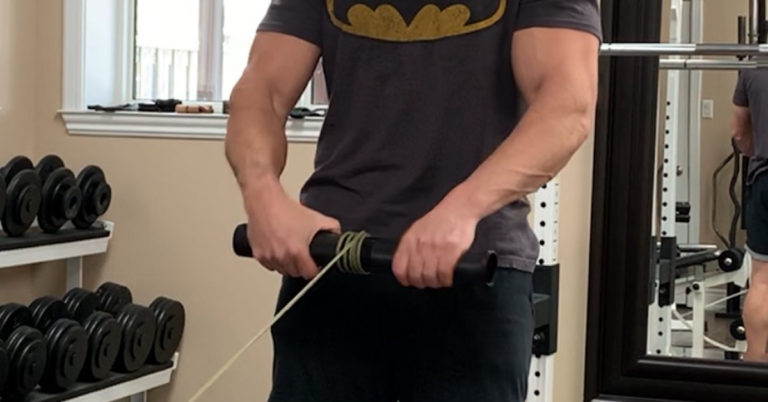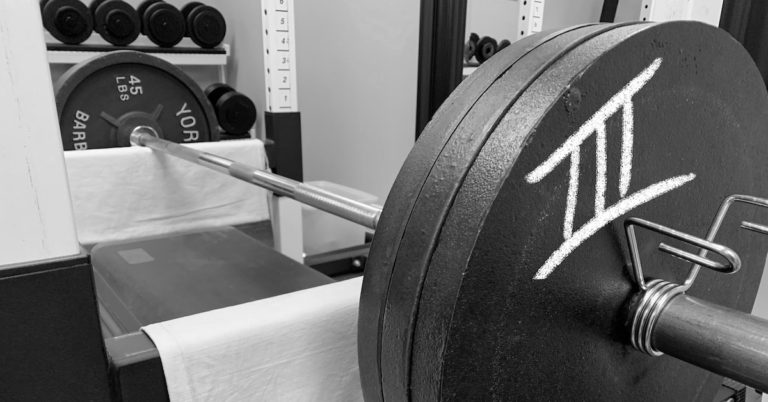Chin-ups and dips are two of the best strength training exercises you can do, but most people struggle with them. They’re a challenge for both men and women, regardless of how many years of training experience they have! Remember, there’s a big difference between exercising and training. Exercising just to sweat and burn calories with…
Everything in context! In the video below, I’m squatting with 225 pounds. It might not look like much weight, but here’s the catch: I’m doing 20 reps at the end of my workout! By that point, I’ve already knocked out multiple sets of front squats, glute-ham raises, reverse hypers, low-pulley knee-ins, and one-leg calf raises….
What many people consider a reverse squat is more like a reverse leg press, although technically it’s a low-pulley knee-in. This is what a reverse squat actually looks like: You can use cable or elastic resistance to do it. The cable version can be done with a high pulley and a lat pulldown bar (see…
Step-ups are a staple exercise for the lower body. Start off with your body weight and a low step, and work your way through the following progressions: STEP HEIGHT1. Low2. Medium3. High DIRECTION OF MOVEMENT1. Reverse2. Side3. Forward LOADING IMPLEMENT1. Dumbbell2. Barbell (Back)3. Barbell (Front) If balance is an issue, use some support initially and…
Step loading is a simple yet effective progression method. The goal is to perform the same number of reps each set while gradually increasing the weight in small increments. Start with a little left in reserve, and by the final set, you should be pushing to your limit. Note: I’m using the low-handle position on…
Training to perform a one-arm chin-up involves a simple two-step progression: a) Start with a mixed grip—hands placed shoulder-width apart, as demonstrated in the video below. Each session, increase the distance between your hands by one inch on each side. b) After six sessions, grab the bar with your right hand only (palm facing you)…
The low-pulley wrist roller is a great exercise for developing the forearm extensors and flexors. Just make sure to have a fire extinguisher nearby! Here’s where the wrist roller fits into our periodization plan alongside other forearm exercises: WRIST CURLS1. Seated Dumbbell2. Seated Barbell3. Incline Dumbbell4. Wrist Roller High Platform5. Ulnar Flexion6. Seated Cable7. Decline…
Many strength coaches like myself preach quality over quantity. It’s not how much you do—it’s how you do it! Squats are no exception. When it comes to squats, a full range of motion with less weight often trumps a partial range of motion with more weight. Remember: work equals force times distance. You can increase…
Here’s a rack deadlift sequence that starts with less weight lifted through a longer range of motion and ends with more weight through a shorter range of motion. It’s done in three stages: STAGE 1Set the bar right below the knees on the side supports of a power rack. Position a sturdy step or box…










